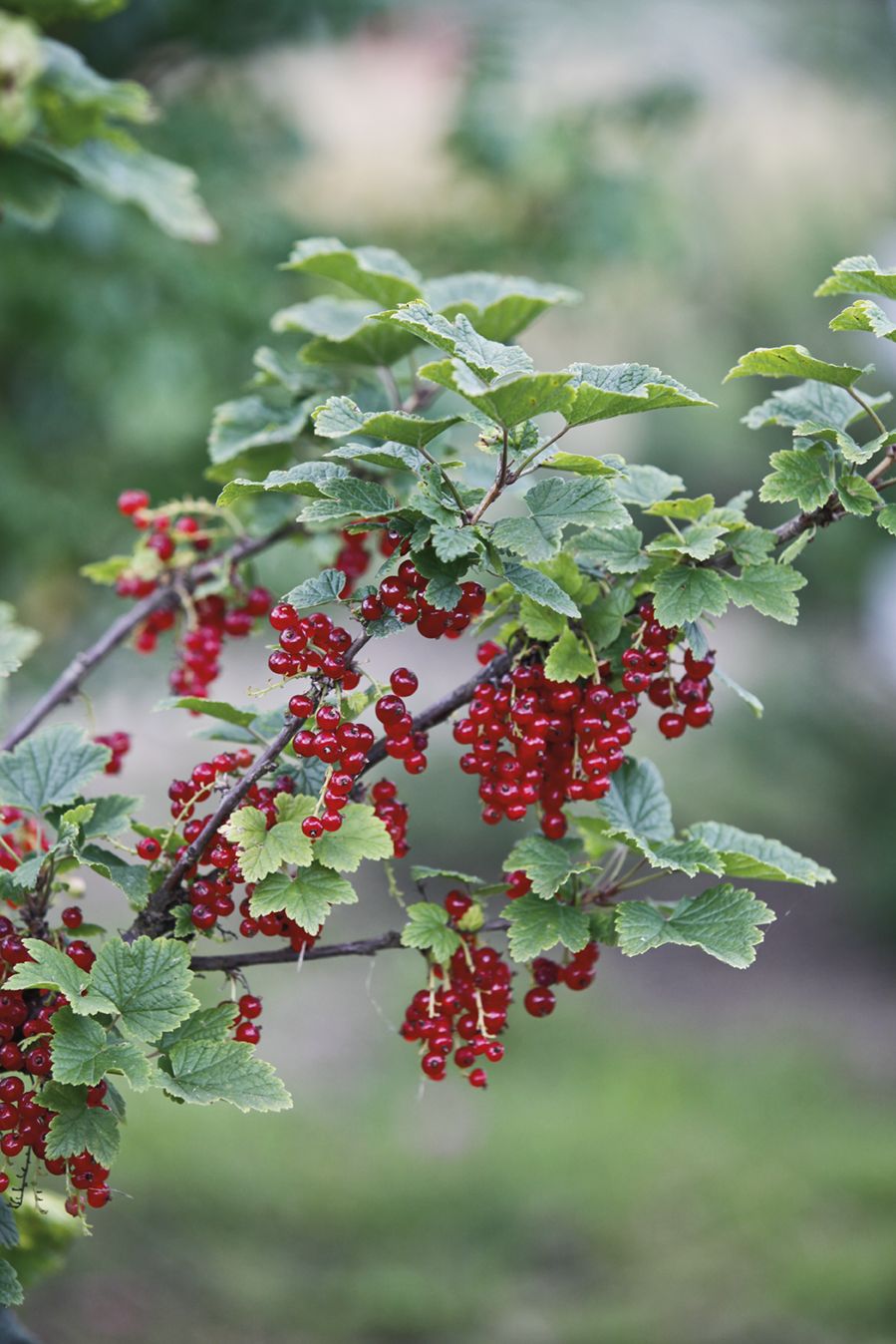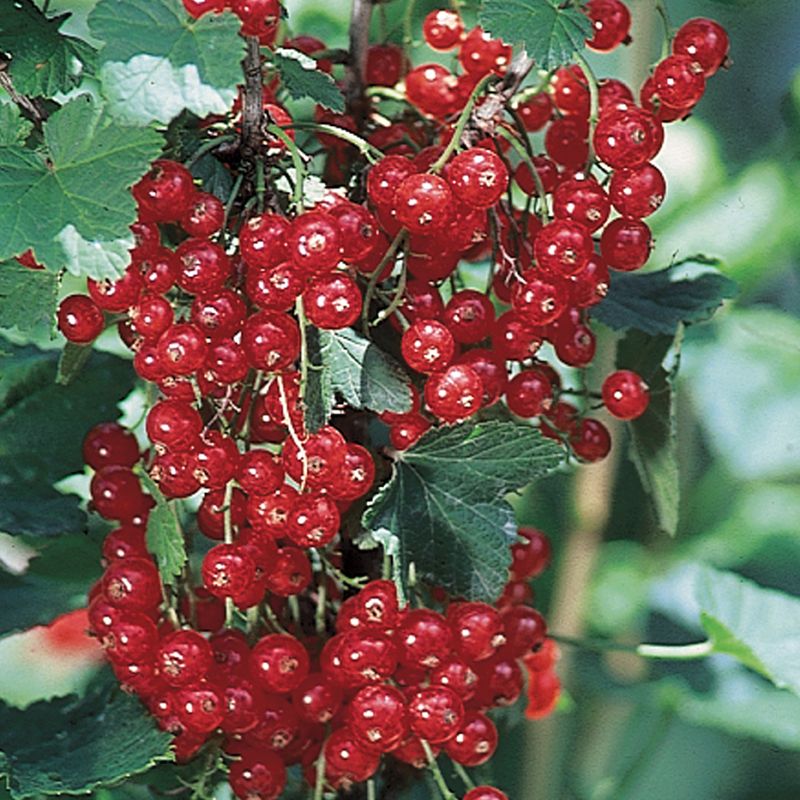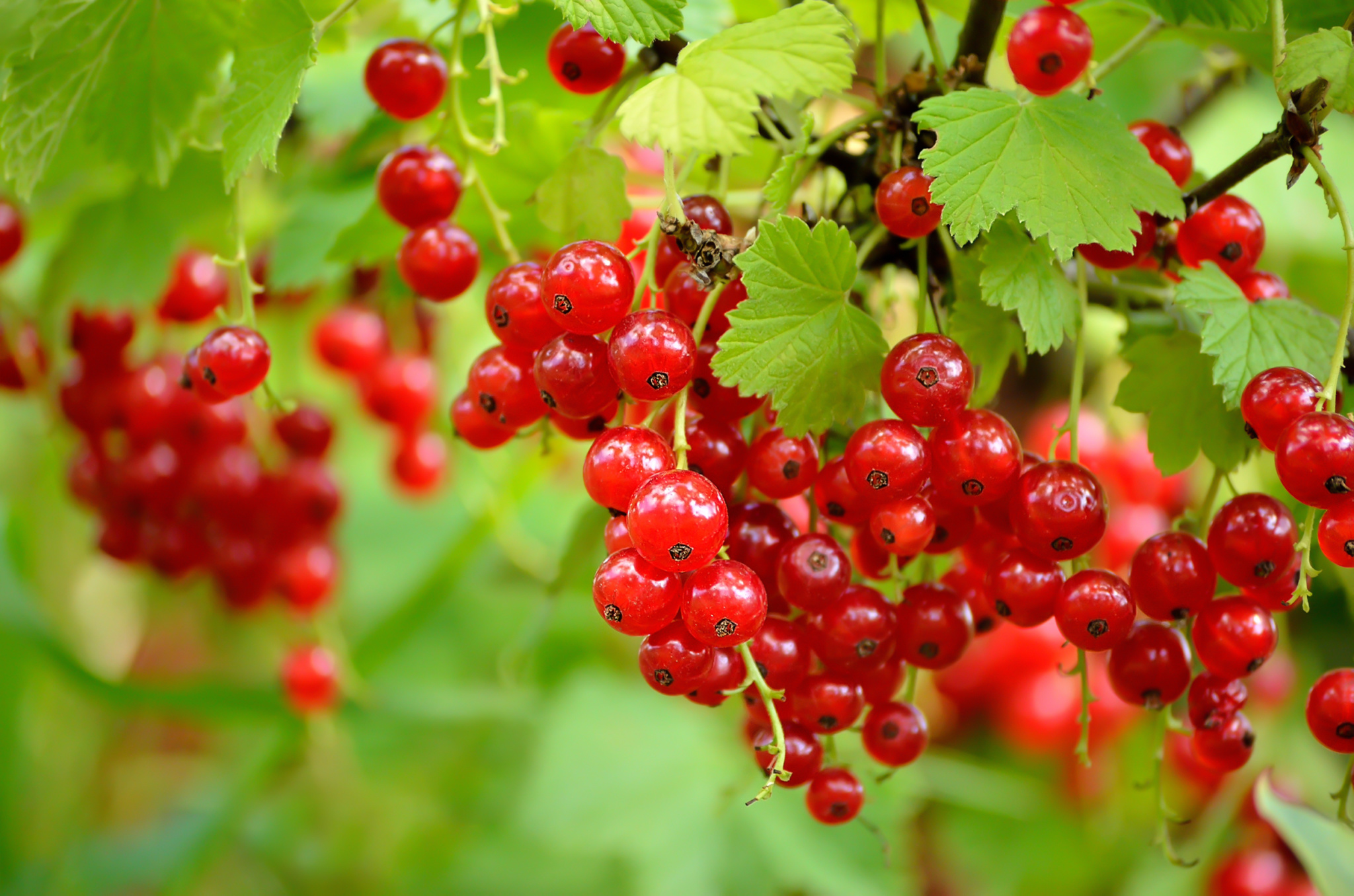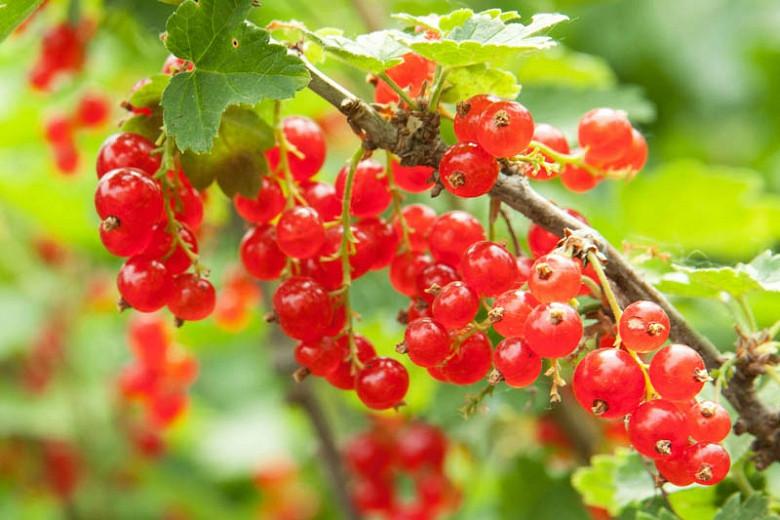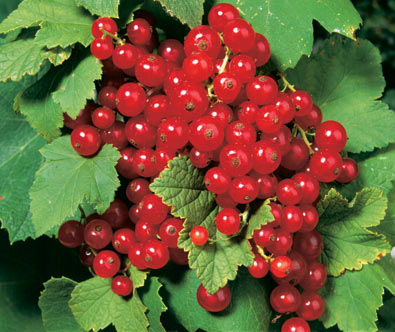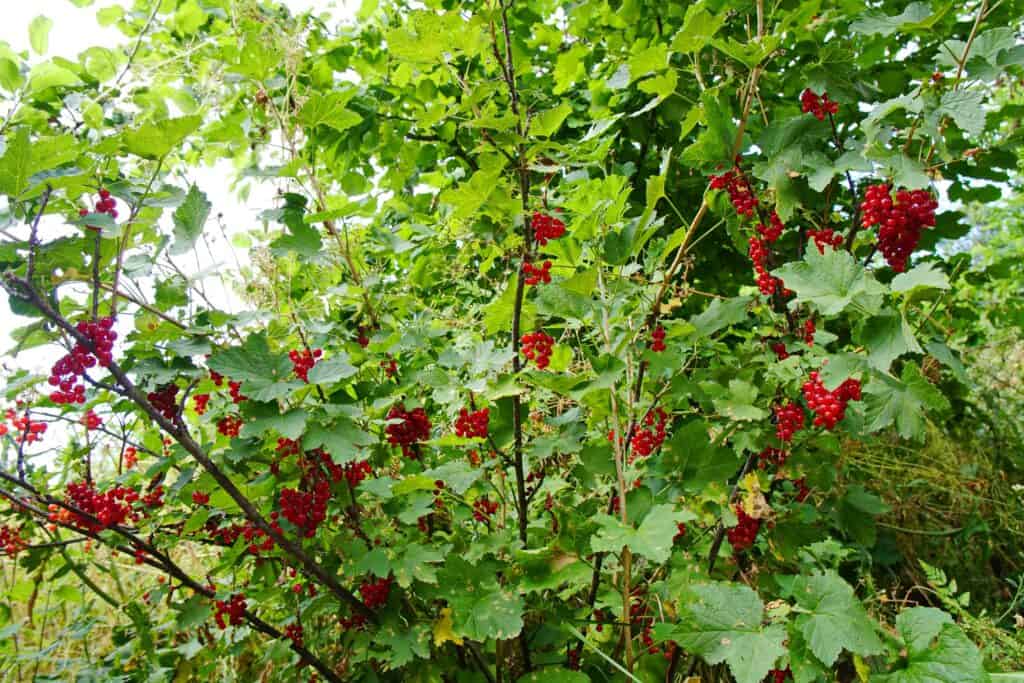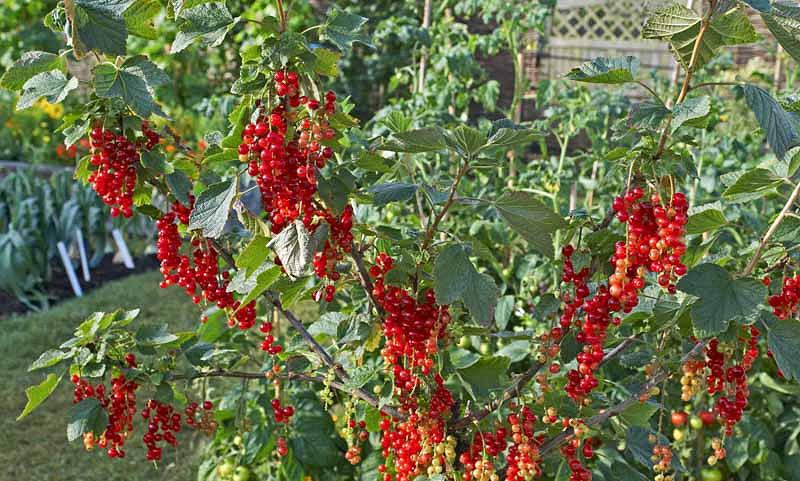Red Lake Currant Care

Avoid planting near white pines if possible as the infectious fungal pathogen spends part of its life cycle on currants and part on white pines.
Red lake currant care. The red currant s deep bluish green leaves also add interest to landscapes throughout the spring summer and autumn. Space plants at least 3 feet apart. Planting bare root currant plants. The red lake currant is exceptionally large with long well filled clusters.
Currants and gooseberries will grow in full sun to partial shade. They are followed by a heavy crop of long drooping clusters of medium to large edible bright red currants which ripen in mid summer. Use this edible plant to make excellent preserves. Visit us to learn more about our red lake currant.
Health benefits of currant planting red currant bushes it is a good idea to plant currant bushes in fall or until spring while avoiding frost spells. This deciduous shrub produces clusters of pale green flowers in spring. Ripens early mid season but has a long bearing period. The cold hardiest of quality plum red currants.
Before planting soak currant roots 3 4 hours. This plant produces fruit on 2 3 year old wood. The currant berries grow on spurs of 2 or 3 year old wood. Ribes rubrum red lake is a compact red currant for culinary or dessert use.
Before planting cut all stems to 6 10 inches above ground level. Often bears full flavored fruit the first year after plan. Prefers cool summer climates with shelter from harsh winter winds and mulch to protect root zone. Currants prefer a medium to heavy soil with several inches of organic matter or compost mixed in.
Care information thrives in humus rich moist well drained soils. Space plants 4 6 feet apart. Water your red currant bushes deeply and slowly two or three times per week during the spring until you harvest the fruits. Juicy and flavorful the fruits can be eaten fresh from the shrub or can be used in sophisticated foods.
If you re planting in spring water more regularly during the first months because your shrub will need more water to develop its roots over the summer months. Most currants and gooseberries are self fruitful. They need well drained soil with plenty of organic matter and a ph between 5 5 and 7 0. Red currants are less susceptible to blister rust than black currants.
